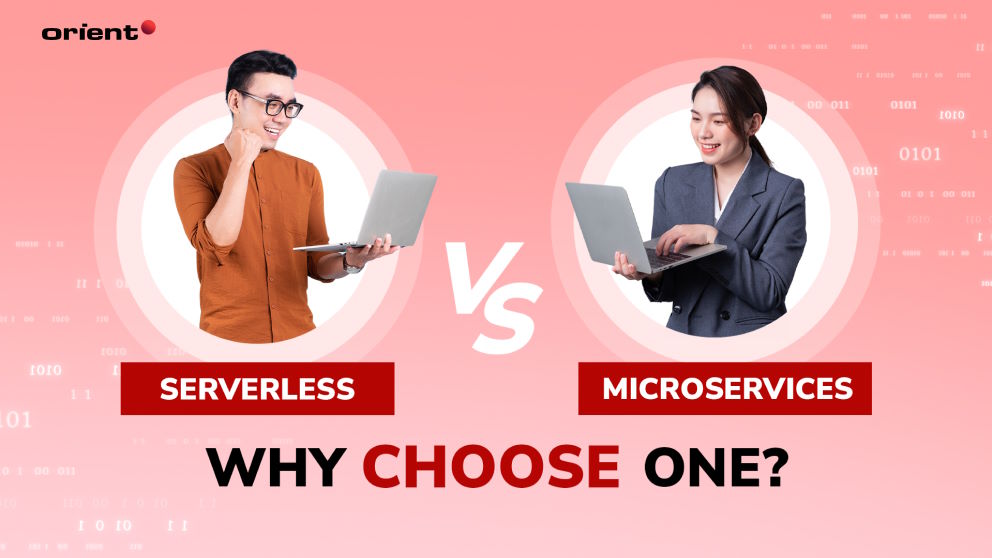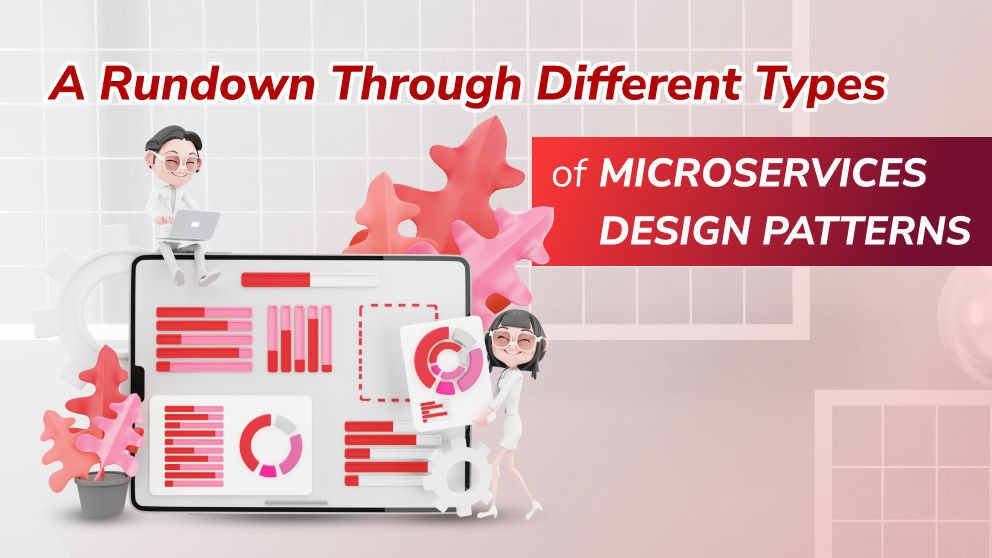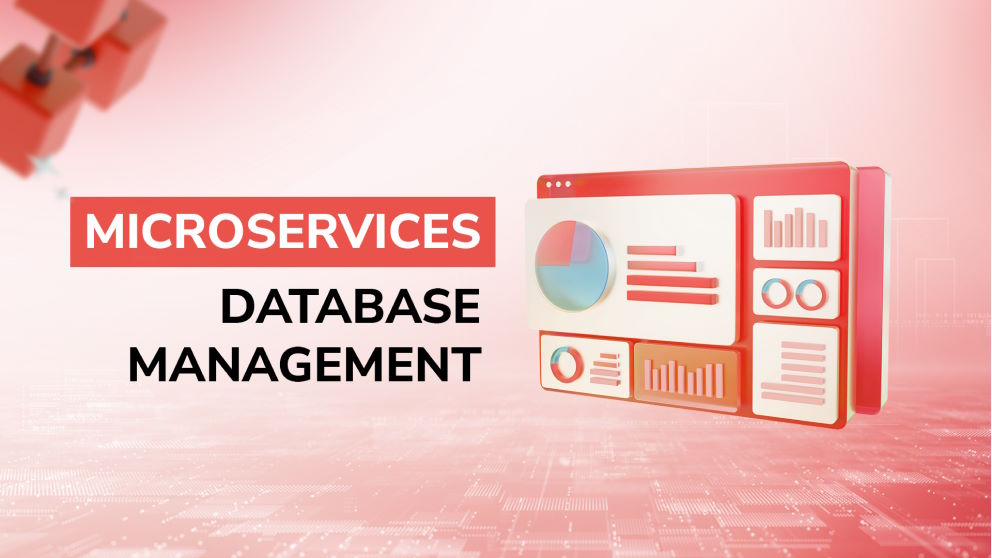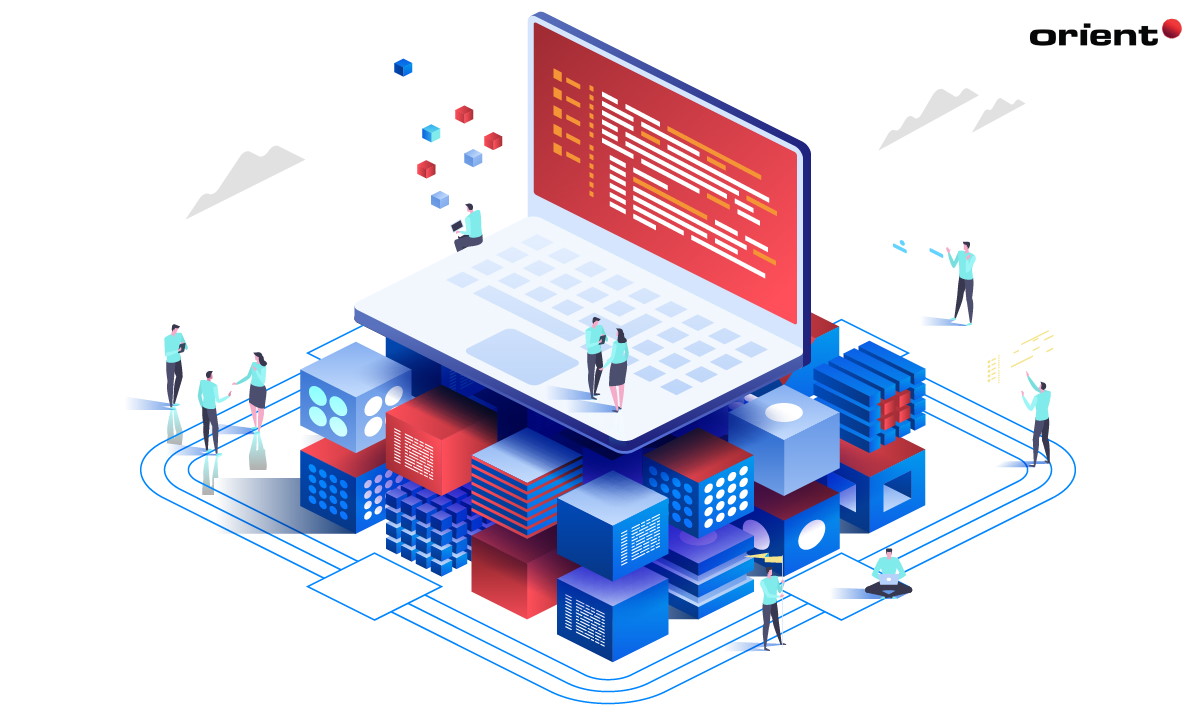
Advantages and Disadvantages of Microservices Architecture
Microservices architecture is becoming more and more popular, but what are the advantages and disadvantages of using it? Let's find out in this article.


Before comparing these two architectural styles side by side, you first need to understand what each of them is all about. Rest assured, we are going to make it clear and easy to understand as much as possible.
One buzzword at a time if you would like to apprehend each thoroughly. Let’s first clarify the umbrella term of “serverless” - which is an overarching concept that includes serverless architecture and serverless computing. It represents the one idea of constructing applications with no server management; hence comes the term “serverless.”
Serverless architecture, in the simplest terms, is a cloud-computing model in which software developers are empowered to deploy applications and services without needing to maintain and manage their own servers and other underlying infrastructure, instead managed by cloud providers.
In the serverless environment, developers only need to write the code and upload it to the cloud platform, and there, they can set up triggers that will execute the code when certain activities occur.
The advantage of reducing project costs is what primarily convinces developers to go for serverless architectures. The moment you deploy an application on a serverless platform, it automatically scales up or down to meet the current usage needs of that particular application; therefore, cloud providers only charge for the computing resources consumed while running that particular app.
Oftentimes, serverless architectures are associated with two concepts: Function-as-a-Service (FaaS) and Backend-as-a-Service (BaaS).
Such as Google Cloud Functions, AWS Lambda, or Microsoft Azure Functions; FaaS is all about the fact that the code is run as a function instead of an entire application. It means you, as an engineer, can create an application as a set of multiple functions, and each is tasked with its own purpose and has its trigger to activate it. This is a good reason that developers can deploy their code in small chunks and debug or test with ease.
BaaS is a strategy for developing software that outsources the backend components of an application to a third-party service provider. This type of service can be used to provide authentication, cloud storage, and file hosting capabilities for applications without having to worry about server maintenance or infrastructure.

Microservice architecture, or you simply call it microservice, is a systematic approach to dividing a complex application into a collection of multiple services, which are small, independent, and loosely coupled services rather than one entire system, like in the monolithic architecture. A microservice boasts its own database. Each of these can function independently and communicate with other services through defined APIs and protocols, often HTTP/REST or asynchronous messaging.
Due to its flexible yet resilient nature, a development team can leverage the architectural style of microservices to expedite the software development life cycle (SDLC) while facilitating easy scalability, testing, and maintenance of an extensive, complex application. Therefore, microservices architecture is particularly suitable for projects that involve the creation and deployment of large applications with multiple components.

Serverless Microservices? It sounds a bit confusing somehow, doesn’t it? That’s why we need to learn about the concept of serverless microservices as well so that you don’t mislead the two architectures mentioned above.
While the serverless function is all about running code without managing servers, microservices are all about breaking an application into multiple smaller components that can be scaled independently. Without a doubt, the fusion of these two models - “Serverless” and “Microservice” - results in a hybrid architectural framework called serverless microservices. In such approaches, microservices are implemented as serverless functions, to be exact.
Including the advantages of serverless and microservices, this architecture is at a higher level of security, efficiency, cost-effectiveness, flexibility, and scalability. The compound of serverless and microservice architectures highlights the best features of each and removes the weaker aspects, altogether supplementing the development process.
As a matter of fact, serverless microservices are gaining traction among developers who are looking to deploy applications faster and with fewer cost overheads. The benefits make it an attractive technology for modern web and mobile applications that need fast-paced yet reliable scaling capabilities.
Microservices and serverless are two related yet distinct concepts. Both aim to enhance the modularity, scalability, and agility of applications. Microservices and serverless share some similarities. In particular, both of them aim to facilitate and enhance the modularity, scalability, and agility of applications.
However, at the end of the day, they are still two related yet distinct concepts that we are about to tell apart. Having known the two concepts, you can now proceed to the serverless vs. microservices comparison. In this, we will put the differentiators between them side by side so that you can easily capture the essence of each and decide which one to go with.
The microservice-based architecture operates at a finer-grained level, wherein a large, monolithic application is separated into smaller, independently deployable services. Such a micro-service represents a self-contained and independent component responsible for a specific business capability.
Meanwhile, the serverless architecture goes a step further in terms of granularity. It breaks down an application into functions, which are even smaller than services. Each function represents a single piece of business logic, and it is executed in response to specific events or triggers.
The ability to scale is the second differentiator to factor in. Serverless technologies enable individual functions to scale automatically based on the number of events triggering them. Hence, developers have no concern about infrastructure management as it is handled by the cloud provider.
On the other hand, each small, individual service can be scaled independently on demand in the microservice architecture. The scaling process requires manual configuration or an automated system.
When comparing serverless and microservice architectures, you will see that the former enables a more rapid cycle of development and deployment than the latter.
In a microservice architecture, each service needs to be developed, tested and deployed autonomously using container technology such as Docker. This approach offers flexibility and independence but also introduces complexity. Thus, it requires more coordination – developers have to manage inter-service communication, service discovery, data consistency, and fault tolerance. And inevitably, it results in a significant amount of operational overhead.
In contrast, serverless architectures reduce operational complexity and promote agility and continuous delivery. By abstracting away infrastructure management or configuration, serverless architectures allow individual functions to be packaged, deployed, and scaled automatically in the cloud provider’s environment.
Serverless functions run in a completely stateless and ephemeral environment managed by the cloud provider. That means any data stored during a function’s execution is lost within seconds after its completion. On the contrary, microservices are typically deployed to dedicated virtual machines (VMs) or containers, allowing them to store their state over time.
Cost is another distinguishable factor when comparing the two architectures.
Serverless functions are charged based on the number of events they process and are billed on a per-use basis. This approach helps companies eliminate the need for upfront investments or long-term commitments, eventually reducing their overall IT costs. This architecture can be cost-effective for applications with sporadic or unpredictable usage patterns.
With microservice architectures, the cost is based on infrastructure provisioning and resource management. You pay for all the resources allocated to each service, regardless of whether they are processing requests or sitting idle.
In a serverless architecture, cloud infrastructure is managed by a third-party service provider. The developer does not have to worry about provisioning, managing, and scaling any resources. Developers have no control over what happens under the hood but are free to focus on code development and deployment.
On the contrary, developers are responsible for managing the entire technology stack that supports each microservice. That includes selecting the underlying infrastructure, defining and managing the deployment process, configuring networking, and more. This approach offers greater flexibility and adds complexity to the development process but requires knowledge of DevOps disciplines, such as Continuous Integration (CI) and Continuous Delivery (CD).
In conclusion, the decision of which architecture to choose is yours. Is your product under development? Are you blueprinting an idea for a new application? Need advice from experts to refine yours? Or do you want extra manpower to speed up the development process and speed up the development process? Come to us, Orient Software.
Orient Software is a top-tier IT outsourcing service company based in Vietnam, and we lead the market for many good reasons. Become our partner; you are provided with the best-in-class services to meet any of your needs. With us, you will get access to top talent in the industry, assemble a dedicated team made of experts, and gain valuable insight and advice to steer your project toward success. Or, if you would like to outsource the entire project, we offer a range of various services (custom software development, artificial intelligence, UI/UX design, QA testing, etc.), guaranteeing that you get your hand on a quality product with less risks and effort. Drop us a line; we’d love to work with you.
Microservices architecture is becoming more and more popular, but what are the advantages and disadvantages of using it? Let's find out in this article.
What do you know about microservices design patterns? Let's walk through different types of microservices patterns and closely examine each.
Let’s learn the fundamentals of microservices database management and common patterns to implement in this introductory guide.
Discover the essential strategies and techniques for implementing effective IT governance best practices and drive organizational success.
Microservices is the new approach to developing complex software. Read to see why microservices may be the solution for effectively scaling up your app.



